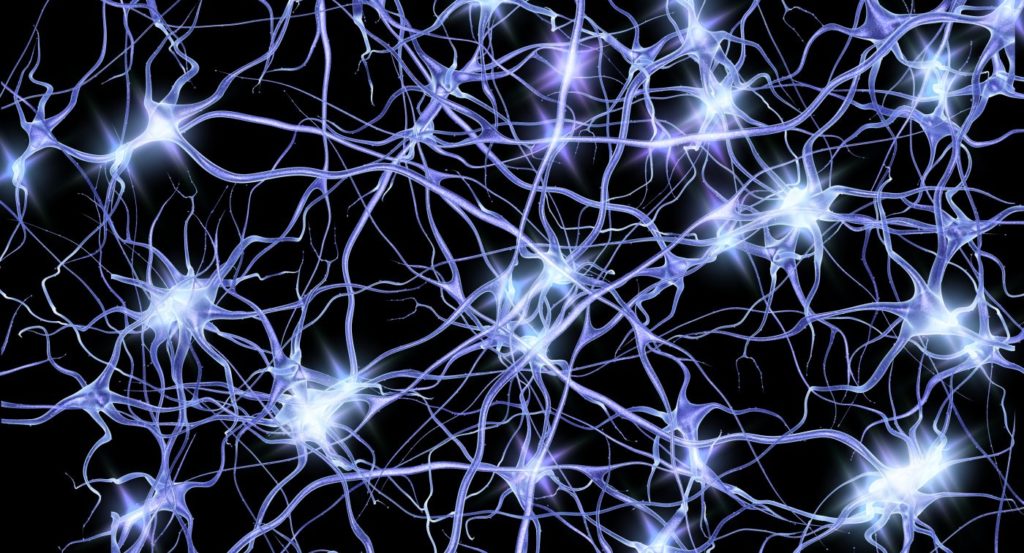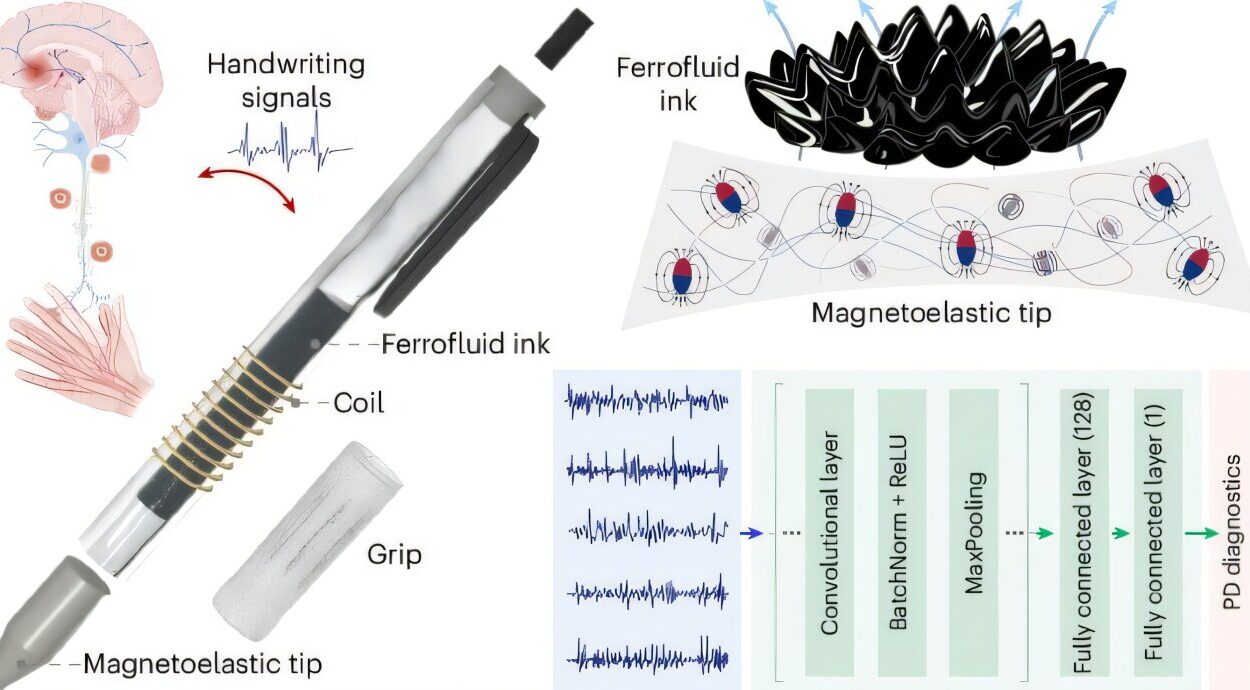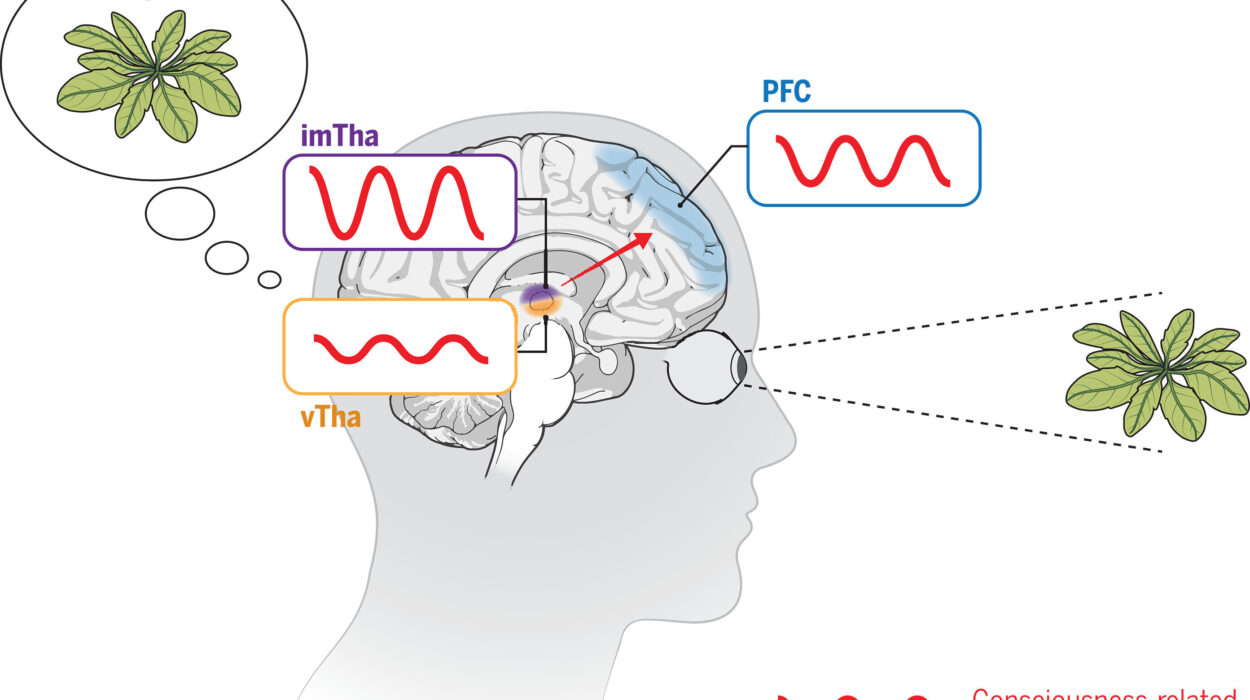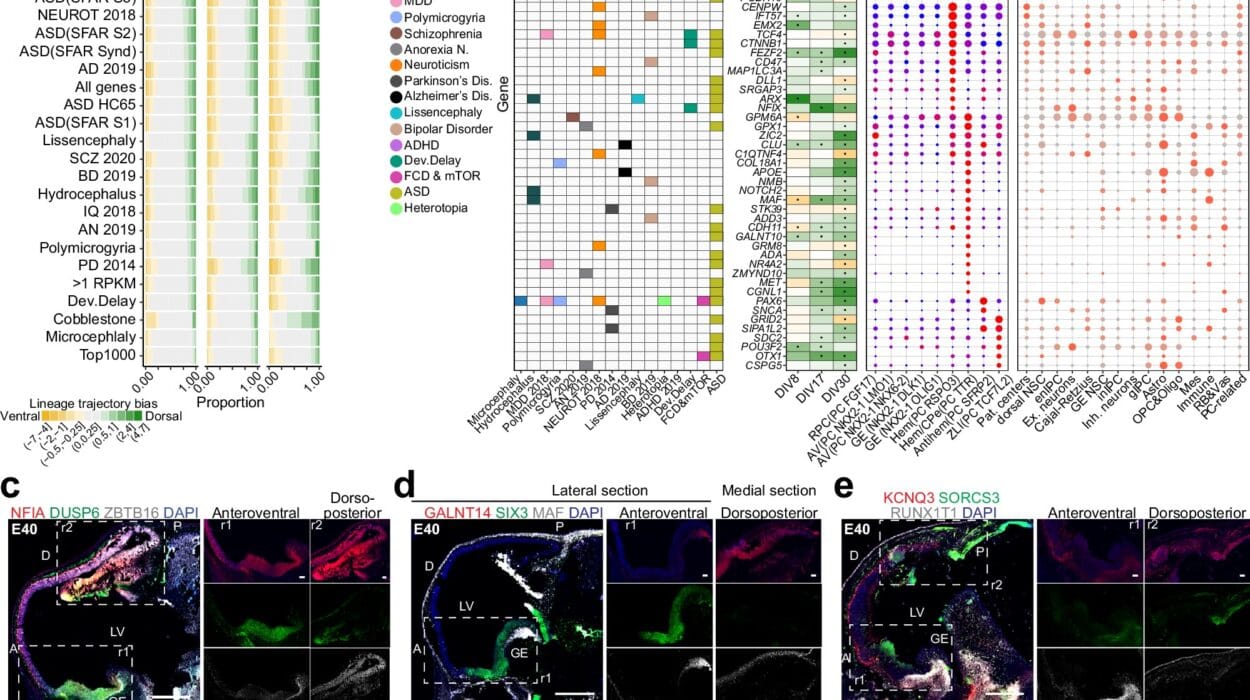In the fast-evolving world of mental health treatment, noninvasive brain stimulation techniques are reshaping our approach to conditions like obsessive-compulsive disorder (OCD), depression, and nicotine dependence. Among these techniques, repetitive transcranial magnetic stimulation (rTMS) has emerged as one of the most promising options for patients who haven’t responded well to traditional therapies. Yet, scientists continue to grapple with a fundamental question: how do we make rTMS more effective?
A groundbreaking new study published in JAMA Psychiatry explores a bold and intriguing possibility—that deliberately triggering symptoms before administering rTMS, a technique known as symptom provocation, might significantly enhance its therapeutic power. Led by Dr. Heather Burrell Ward, a psychiatrist and director of Neuromodulation Research at Vanderbilt University, the study presents the first large-scale meta-analysis to evaluate this concept. The findings are not only fascinating—they could very well change how rTMS is practiced worldwide.
rTMS and Its Expanding Role in Psychiatry
To understand the significance of this study, it’s important to appreciate the growing role rTMS plays in mental health care. rTMS involves delivering magnetic pulses to specific brain regions to alter neuronal activity. It’s noninvasive, relatively painless, and has been approved by the U.S. Food and Drug Administration (FDA) for treating major depressive disorder, OCD, and nicotine dependence. Emerging research is also exploring its use in post-traumatic stress disorder (PTSD), anxiety, and even chronic pain.
What makes rTMS especially compelling is that it directly targets brain circuits known to be dysfunctional in certain disorders. But like many treatments in psychiatry, its results are not uniform. Some patients show dramatic improvement, while others experience minimal change. This inconsistency has led researchers to search for ways to boost its efficacy—and that’s where symptom provocation comes into play.
Provoking the Problem to Treat the Problem?
The concept of symptom provocation may sound counterintuitive at first. Why would clinicians intentionally trigger distressing symptoms in patients moments before treatment?
According to Dr. Ward, there’s a compelling logic behind it. Just as you would warm up muscles before a workout to maximize performance, activating specific brain circuits right before stimulating them may heighten the treatment’s impact. This hypothesis is based on a fundamental principle of neuroscience: “neurons that fire together wire together.” If you stimulate an already-active circuit, you might achieve more lasting changes in brain connectivity.
The FDA has already endorsed symptom provocation for rTMS in treating OCD and nicotine dependence, but its real-world use and effectiveness have remained somewhat ambiguous—until now.
Inside the Meta-Analysis: What the Researchers Did
Dr. Ward’s team, including biostatistician Dr. Simon Vandekar and research students Daniel Bello and Megan Jones, embarked on a systematic review and meta-analysis. This approach involves combining results from many previously published studies to yield a more reliable overall picture.
What made this meta-analysis especially important was its scope. While earlier research hinted at a possible benefit of symptom provocation, those studies were small and scattered. There was no consolidated data to determine whether the strategy genuinely made a difference.
The researchers set out to gather and analyze all relevant studies where rTMS was used to treat OCD and nicotine dependence, and where symptom provocation was either used or not used just prior to treatment. They looked for measurable differences in clinical outcomes, such as reductions in obsessive thoughts or cigarette cravings.
What They Found: A Subtle but Powerful Signal
At first glance, the results might appear inconclusive. When looking at all the data combined, the presence or absence of symptom provocation didn’t yield a statistically significant difference in overall clinical response. But a deeper look told a more nuanced story.
The effect sizes—the measure of how impactful the treatment was—nearly doubled when symptom provocation was used compared to when it was not. In scientific terms, this kind of increase is hard to ignore. It suggests that while the improvement might not be massive in every individual study, the overall trend points clearly in favor of symptom provocation enhancing rTMS outcomes.
What’s especially interesting is that this effect held true across different disorders, different rTMS protocols, and different ways of provoking symptoms. For OCD, the provocation involved triggering obsessive thoughts—perhaps by having someone touch a dirty surface if they have hygiene-related obsessions. For nicotine dependence, it could mean handling a cigarette or imagining the act of smoking to trigger cravings. Despite the differences in the disorder and the provocation technique, the underlying brain circuits being activated may share a common mechanism that makes them more responsive to stimulation.
Individual Differences and Clinical Nuances
While the findings are exciting, Dr. Ward is quick to point out that one size does not fit all. The effectiveness of symptom provocation may vary across populations and diagnoses. For instance, some individuals with schizophrenia do not exhibit typical craving responses when shown smoking-related imagery. This could mean that the traditional methods of provocation used in nicotine dependence might be ineffective or even inappropriate for this subgroup.
This insight opens up new lines of research. If symptom provocation does not work equally well for all populations, clinicians will need personalized strategies that take into account the patient’s diagnosis, symptom profile, and neural response patterns.
Dr. Ward is already exploring this complexity in her ongoing clinical trial comparing rTMS for nicotine use in people with and without schizophrenia. It’s a reminder that even the most promising treatments must be fine-tuned to individual needs for maximum effectiveness.
Implications for the Future of Brain Stimulation
The study raises important questions for both clinical practice and scientific inquiry. If symptom provocation can double the effectiveness of rTMS in some cases, it could become a standard component of treatment protocols. But for that to happen, more prospective, randomized controlled trials will be needed. Such studies can isolate the specific effects of symptom provocation and determine whether it consistently improves outcomes across broader populations and additional disorders.
Dr. Ward envisions a future where we not only use symptom provocation for OCD and nicotine dependence but also test it for other conditions such as alcohol or opioid use disorders. The key, she says, is to understand which neural circuits benefit from pre-treatment activation and which ones might not.
It’s also noteworthy that in rTMS treatment for depression—where the therapy is most widely used—clinicians do not currently use symptom provocation. Could deliberately inducing a mild depressive state prior to rTMS actually enhance its effectiveness for treatment-resistant depression? That’s another intriguing possibility that researchers may explore.
The Clinical Perspective: Precision and Compassion
For Dr. Ward and many clinicians in the field, the goal is clear: optimize rTMS treatment so patients receive the greatest possible benefit. This involves not just technical precision, but also a compassionate understanding of each individual’s experience. Deliberately triggering symptoms before treatment can be emotionally difficult for some patients, and this must be weighed carefully against the potential gains in treatment response.
In clinical settings, rTMS already offers a beacon of hope for people who have tried medications and psychotherapy without success. If a simple change in how the treatment is administered—like timing it immediately after symptom activation—can boost its effectiveness, the benefits could be life-changing for many.
Vanderbilt’s Role in Shaping the Future
Vanderbilt University has long been at the forefront of neuromodulation research, and this study reinforces its position as a leader in the field. Dr. Ward and her collaborators are part of a vibrant ecosystem pushing the boundaries of what’s possible in brain-based therapies. Their work not only deepens our understanding of how rTMS works—it lays the foundation for next-generation interventions that are more effective, individualized, and evidence-based.
A New Chapter in Psychiatric Care
The notion of activating troubling thoughts or cravings just before attempting to treat them might seem paradoxical, but science often thrives in paradox. This new research adds depth and nuance to our understanding of how rTMS can be optimized—and reminds us that the brain, in all its complexity, sometimes requires unconventional strategies for healing.
Ultimately, the study underscores the importance of continued research, clinical curiosity, and patient-centered innovation. Whether through symptom provocation or other novel techniques, the future of psychiatric treatment is evolving in real-time—and patients everywhere stand to benefit.
Reference: Daniel Bello et al, Symptom Provocation and Clinical Response to Transcranial Magnetic Stimulation, JAMA Psychiatry (2025). DOI: 10.1001/jamapsychiatry.2025.0792






